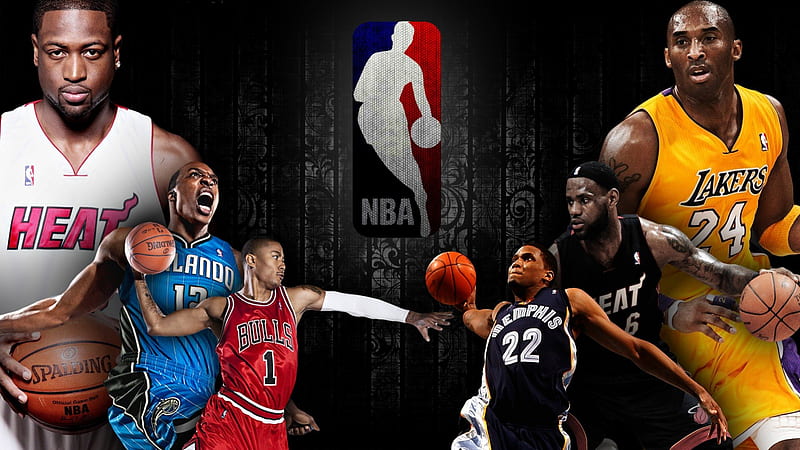The National Basketball Association (NBA) stands as a towering testament to the power of sport in the modern era. Established in 1946, the NBA has evolved into a global phenomenon, captivating audiences with its thrilling games, iconic players, and unparalleled level of competition. In this comprehensive article, we will explore the fascinating history, the dynamic structure, the economic and cultural impact, and the league’s influence on basketball and popular culture across the world.
A Historical Journey
Origins and Evolution:
The NBA traces its origins to the merger of the National Basketball League (NBL) and the Basketball Association of America (BAA). The merger in 1949 marked the birth of the NBA, and the inaugural season saw the Philadelphia Warriors clinch the first championship. The early years were characterized by a rapid expansion of teams, paving the way for the league we know today.
Rise of Superstars:
The NBA experienced a transformative period during the 1980s and 1990s, fueled by the emergence of basketball legends like Michael Jordan, Larry Bird, and Magic Johnson. Their transcendent skills and competitive rivalry thrust the league into the global spotlight, attracting a burgeoning international fan base.
Globalization and Expansion:
The NBA’s globalization took a significant leap in the 1990s and early 2000s, with the establishment of international games and a surge of international players joining the league. The globalization strategy propelled the NBA into new markets, particularly in Asia and Europe, fostering a diverse and expansive following.
The NBA Structure
League Organization:
The NBA is organized into two conferences—the Eastern Conference and the Western Conference. Each conference is further divided into three divisions, making a total of six divisions. Each division comprises five teams, resulting in 30 NBA teams overall.
Competition Format:
The regular NBA season consists of 82 games for each team, with teams playing against opponents within their conference and division. The top eight teams from each conference qualify for the playoffs, a knockout-style tournament to determine the NBA champion.
Economic and Cultural Impact
Economic Growth:
The NBA is a financial powerhouse, generating billions of dollars in revenue annually. This economic impact ripples through various sectors, including broadcasting rights, ticket sales, merchandise, and endorsements. The league’s success contributes significantly to the overall growth of the sports industry.
Cultural Influence:
The NBA’s cultural influence is vast and multifaceted. It has permeated popular culture, influencing music, fashion, and lifestyle. Athletes, especially NBA players, have become cultural icons, shaping trends and narratives in society. The league’s social initiatives and activism have also impacted critical discussions on racial equality and social justice.
The Global Influence
International Players and Fan Base:
The NBA boasts a diverse array of international talent, with players hailing from various countries. This internationalization has broadened the league’s appeal, attracting a massive global fan base. Basketball’s universal language has made the NBA a unifying force, bringing people from different backgrounds together.
Expansion and International Games:
The NBA’s international footprint continues to expand with the introduction of regular-season games played outside of North America. These games not only allow fans in different parts of the world to experience NBA action live but also promote the sport on a global scale.
Conclusion
The NBA, the epitome of professional basketball, has become a cultural and sporting icon worldwide. From its humble beginnings to its current global reach, the league’s journey is a remarkable tale of determination, talent, and innovation. As the NBA continues to evolve, its impact on sports culture, society, and the world at large remains immeasurable, securing its place as a lasting and influential force in the realm of sports.
